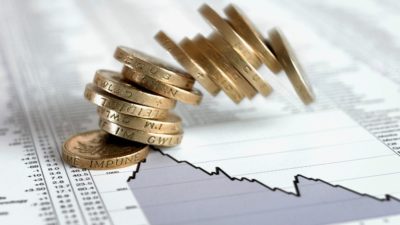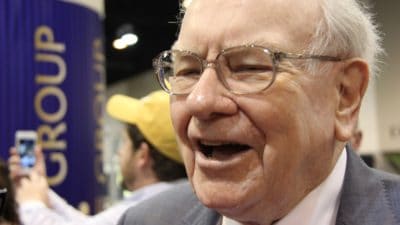Two of the stocks I’ve been watching over the past year are insurance outsourcer Quindell (LSE: QPP), and Barclays (LSE: BARC) (NYSE: BCS.US).
Would I sell Quindell shares and buy Barclays? Well, to be honest, if I had any Quindell shares I’d sell them and buy sandwiches. But first let me tell you what I like about Barclays:
Real profits
Barclays is profitable, and by that I mean real profit of the kind that generates cash to return to shareholders as dividends. In its Q3 update, Barclays reported a 5% rise in adjusted pre-tax profit, to £4,939m. Admittedly, that came after a first half in which pre-tax profit fell, but that was largely due to currency exchange movements.
And with the banking sector finally looking set for an upturn, the City’s analysts are forecasting a full-year rise in earnings per share (EPS) of 22%, with results expected on 3 March. There should be more to come too, with rises of 27% and 18% currently being guessed at for the next two years, and dividends are on the up — we should see a yield of around 2.7% for 2014, followed by 3.9% and then 5%.
It’s cash that counts
What’s more, Barclays comfortably satisfied the Bank of England’s stress tests in December, and is targeting a Fully Loaded CET1 ratio of better than 11% by the end of 2016. That means liquidity, with Barclays in a better cash position now than it’s been for a long time — and the word cash is not one we generally associate with Quindell, other than when lamenting the lack of it.
Quindell, in fact, is in negotiations with Australian law firm Slater & Gordon regarding a possible disposal. While Quindell itself has been tight-lipped about the details, Slater & Gordon said it’s looking at “a portfolio of Quindell personal injury litigation case file rights“, and has denied having made any proposal for anything more than that.
It looks like Quindell is trying to sell off some of its best business to raise some much-needed cash.
The PwC report
With the PwC report into Quindell’s accounting practices and cash situation not expected until late February, and with Quindell reliant on its bank overdraft facilities in the meantime, this is a seriously risky time to be gambling on its health. PwC might, of course, provide a clean bill of health, the banks might be happy to keep lending money, and every penny of those accrued profits might turn out to be justified and end up in your pocket as dividends — but I reckon you’d be mad to assume that right now.
No, if you have spare cash right now, I’d go for Barclays every time. Or sandwiches.







